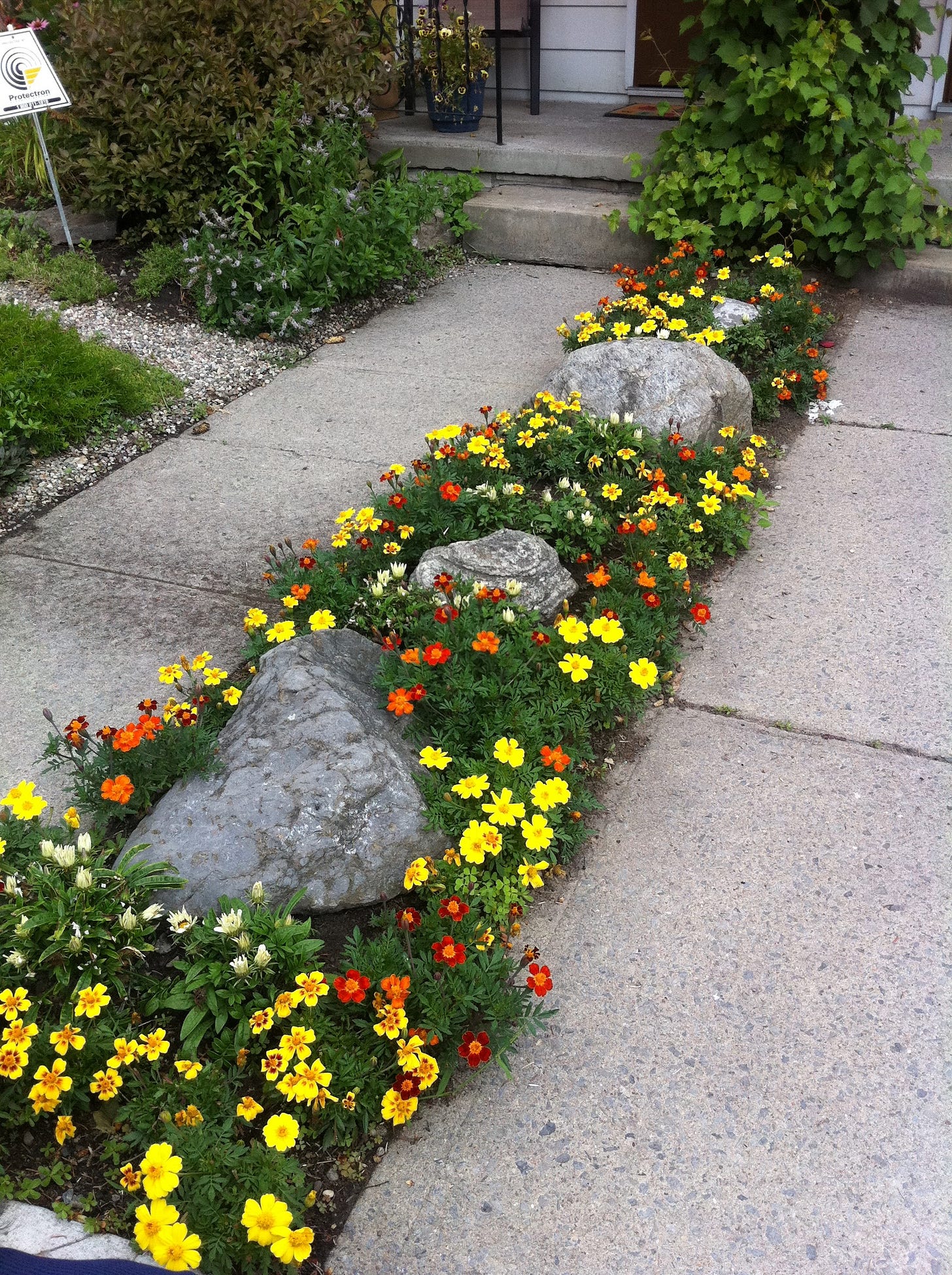How do we create a garden tapestry? Part I
First, look to nature and then use plants, rather than mulch, as a way of covering ground...
I have always struggled with how to tie a planting together. And when I would walk amongst the wildflowers and grasses, I would wish that I could create a garden that felt so fluid, so natural, so effortless.
There are those in the gardening world who like nothing better than to order their plants in rows, or at least in patterns, neatly assembled from front to back, with a healthy amount of mulch creating a sea around them. In this kind of planting, nothing is allowed to touch. And that’s a real shame. Because when you can look at a garden and not see where one plant begins and another takes over, you are experiencing a kind of euphoria — well, at least I am. It is a symphony.
And truly, we want plants to mingle. It is how they grow naturally and how we can best imitate Mother Nature — isn’t that what we aspire to?
But let’s start small.
Take a “hell strip”, or perhaps that narrow strip of real estate between your and your neighbour’s front walkway. This strip of soil is likely going to be forlorn and battered, especially in winter when it gets covered in grit and ice. And in the other seasons, it is treated as a shortcut from the car to the front door. It may be tempting to just cover it in river rock or mulch. But don’t do it! Why? Because it could look like this:
This is a simple planting of french marigolds and gazania, two happy annuals of about the same height and breadth that when planted closely, create a carpet of sunshine. Indeed, both these plants will thrive in hot sun and dry conditions - a perfect choice for this less than optimal location. The boulders add a natural touch and help create a textural contrast.
Groundcovers come in all shapes and sizes and are the workhorses in tapestry plantings where you need plants to weave in and out. Many are not particularly showy and perform their duties by contributing differing shades of green and variations of pattern.
In the foreground of this seemingly intricate corner planting, only three plants take centre stage: a creeping juniper (Juniperus procumbens ‘Nana’) canoodles with a creeping phlox (Phlox stolonifera) and the rosette shaped plants nearest the sidewalk are creeping sedum (likely Sedum spurium), with their mahogany coloured spent flowers adding more colour to the mix. I see a flourish of Virginia creeper and some periwinkle nearest the shrubs. This planting is at its zenith; it is very likely that the following season, the Virginia creeper and periwinkle will be overzealous and need curbing, and the creeping phlox will need scolding and a serious edit. But a skilled hand will ensure all is not lost…or if a skilled hand isn’t available, it will look like a dog’s breakfast next year. C’est la vie.
Creating a tapestry can be a gardener’s greatest challenge but rather than give up, consider it a work in progress, like all gardening is, to be honest. Edges, or where the planting ends and the lawn begins, is by nature, tricky. Groundcover plants are inherently creepers; and they require a firm hand so that they don’t infiltrate into unwanted places: into lawns, into and over other plants, and too far into pathways.
In this border planting, elegant Siberian iris have a skirt of golden sedum (Sedum rupestre ‘Angelina’) and spotted dead nettle (Lamium maculatum ‘Beacon Silver’). But both these ground covers are travelers, and they will need regular shearing to stay in bounds, as will the grass need edging to remain distinct.
As much as I love mowing (my dirty little secret!), creating a garden tapestry where groundcovers are used to knit other plants together often means eschewing lawns. Stay tuned for Part II where I talk more about how to do this.








Our garden is 9 years old now. As you said, gardening is always a work in progress, and our periwinkle and snow-in-summer (among others) definitely need serious "editing" every year. We live in BC where spring comes early, and we have learned to get started on our garden maintenance much sooner than when we lived in Ontario.